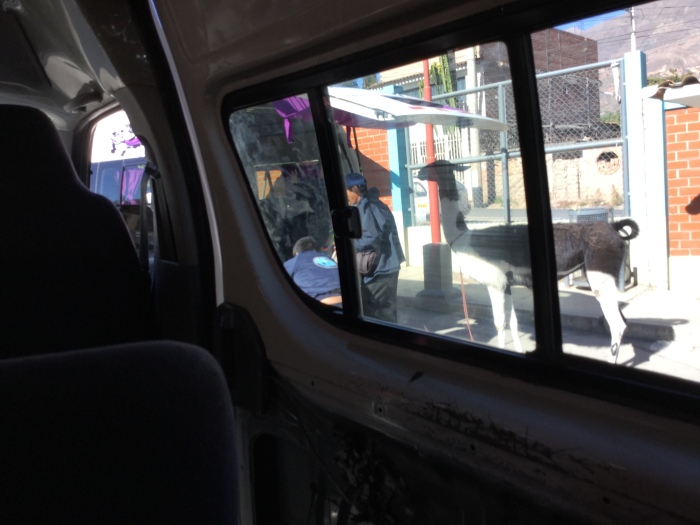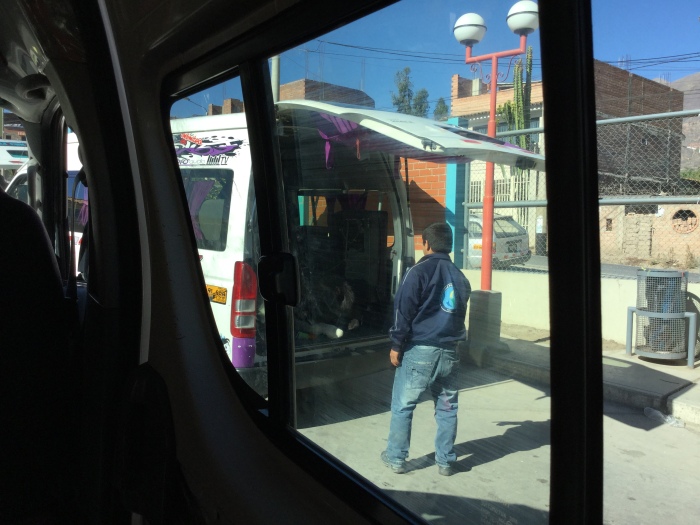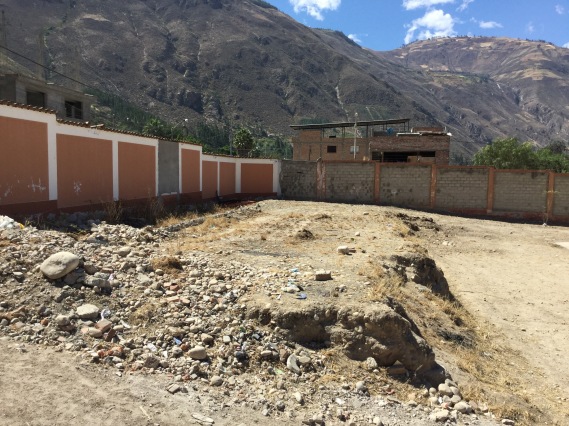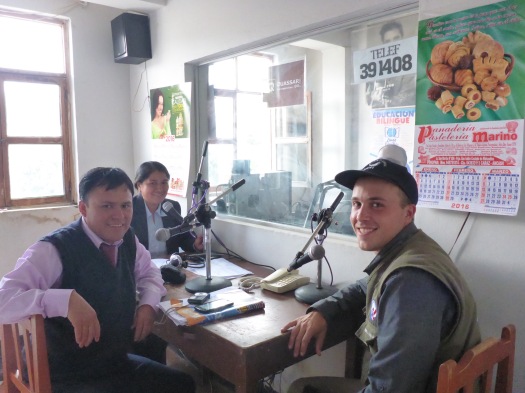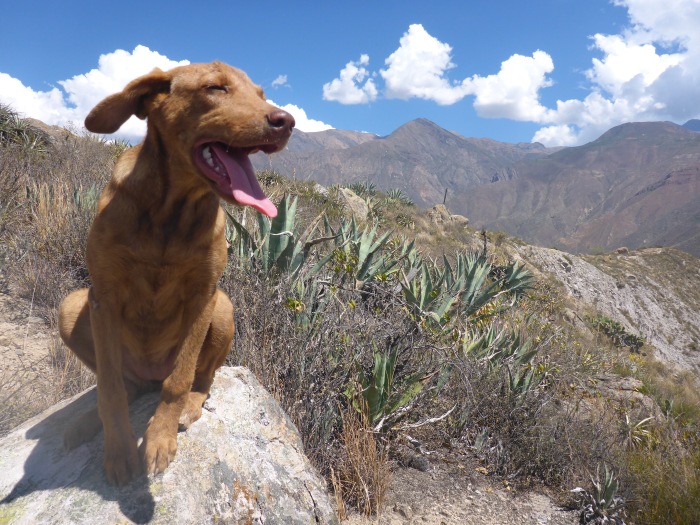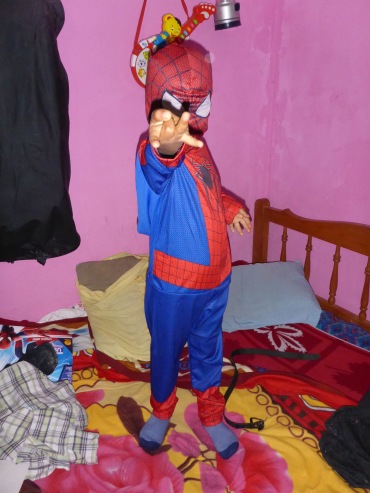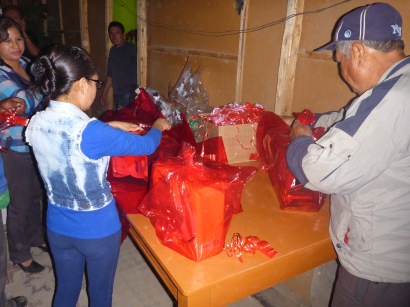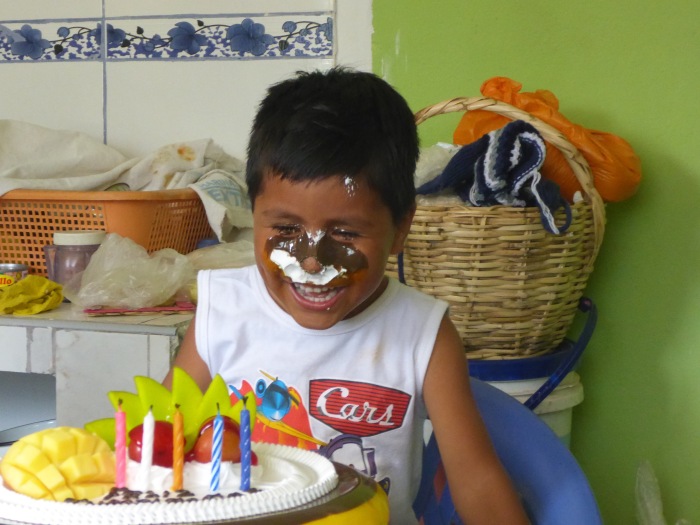So in the past, Peace Corps Perú had 5 different programs: Youth Development, Community Economic Development, Community Health, Water, Sanitation & Hygiene, and Community-Based Environmental Management, my program.
However, all across the world, Peace Corps posts (countries) were asked to cut down the number of programs, and so Perú followed suit, eliminating the environment program. My group, which arrived to Perú in May 2015, was the last group of environmental Volunteers to come to Perú to work.
Environmental work is important in rural communities, such as the many in which Peace Corps Perú Volunteers work, because oftentimes the community’s health and livelihood is dependent upon its relationship with the environment. Oftentimes these communities lack basic services such as clean drinking water or a trash collection service, both of which can lead to community health problems. An unhealthy environment means an unhealthy community. Clearly, environmental work should be continued in Peace Corps.
So while the environmental program in it’s current for won’t continue, us MAC (environment) Volunteers began brainstorming last fall about how the environmental program could live on in some capacity in Perú since there is a need for environmental work to continue. What we decided was an environmental committee, the idea being a permanent committee consisting of Volunteers interested in environmental topics and promoting environmental projects among other Peace Corps Perú Volunteers. We wrote up a proposal, submitted it to the Peace Corps Perú staff, and waited. Finally, we received a supportive response from Peace Corps staff saying that they liked the idea, but that we lacked the funds for a permanent committee, but a short term one would be allowed. And thus the Environmental Committee was born.
We were given two different sets of meetings, first in April and the second in July (these past few days) to figure out a plan, organize resources, and leave something behind for future Volunteers to use. What we decided on was to create several presentations showing how environmental projects and themes can be incorporated into the other programs. Some of examples we came up with are the following: using recycled materials to create early-stimulation toys (Health), initiating recycling programs as an income generating activity (business), planting trees to preserve water sources (Water, Sanitation, & Hygiene). In addition to the presentations, we have been creating and compiling environmental resources to create more of less of an “Environmental Projects for Dummies: Peace Corps Perú” file. I was responsible for creating a guide on trash management here in Perú and compiling all of the accompanying resources.
The idea is that during training with the new Trainees each cycle, the Peace Corps trainers will present the environmental presentations, and then each Volunteer will receive a copy of the environmental resources folder, which has information on recycled art, how to grow and plant trees, how to make compost, how to start an eco-tourism group, etc. With this information, we hope that interested Volunteers will have the resources necessary to address environmental concerns in their communities.
This past week, we had our last meeting to finalize all of the presentations and accompanying materials and hopefully by the end of July or start of August, we will have a finished product to present to the Peace Corps Staff and hopefully all current and future Peace Corps Perú Volunteers.
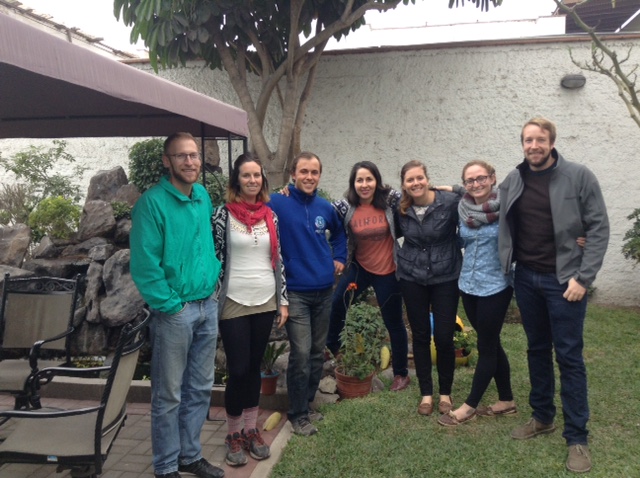
In the Peace Corps, we strive to develop sustainable work and projects with our host-community partners, but it isn’t so often that we get to tackle a sustainable endeavor with other Volunteers. I’m extremely proud of the work I’ve accomplished with the other environmentally minded Volunteers above, and I hope all of our blood, sweat, and tears, will lead to more environmentally conscious Peace Corps Staff and future Volunteers.
Until next time,
MGB
